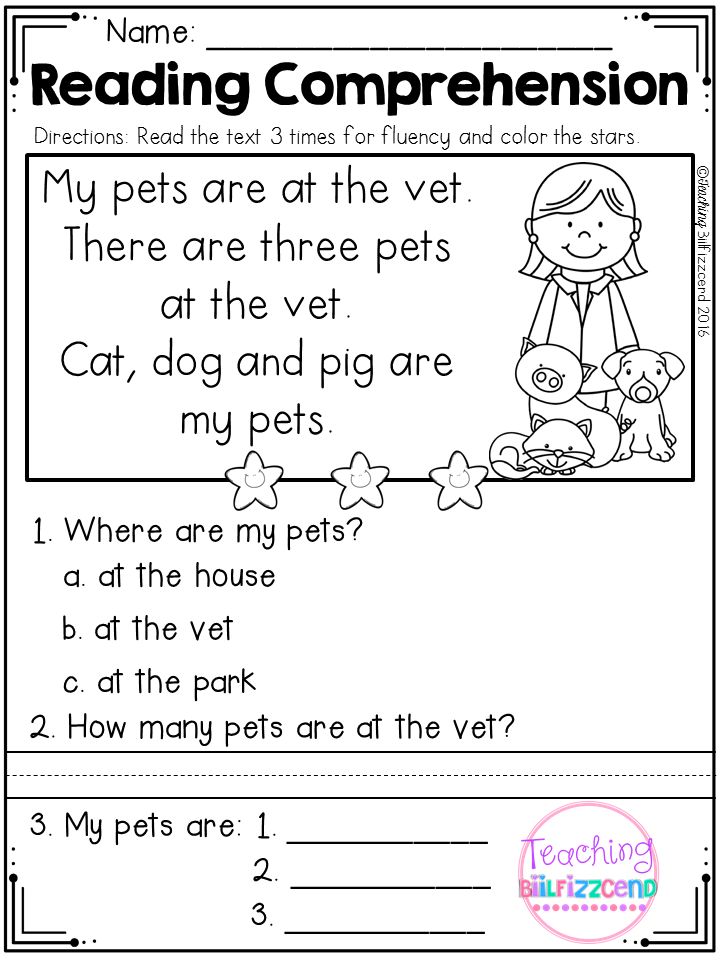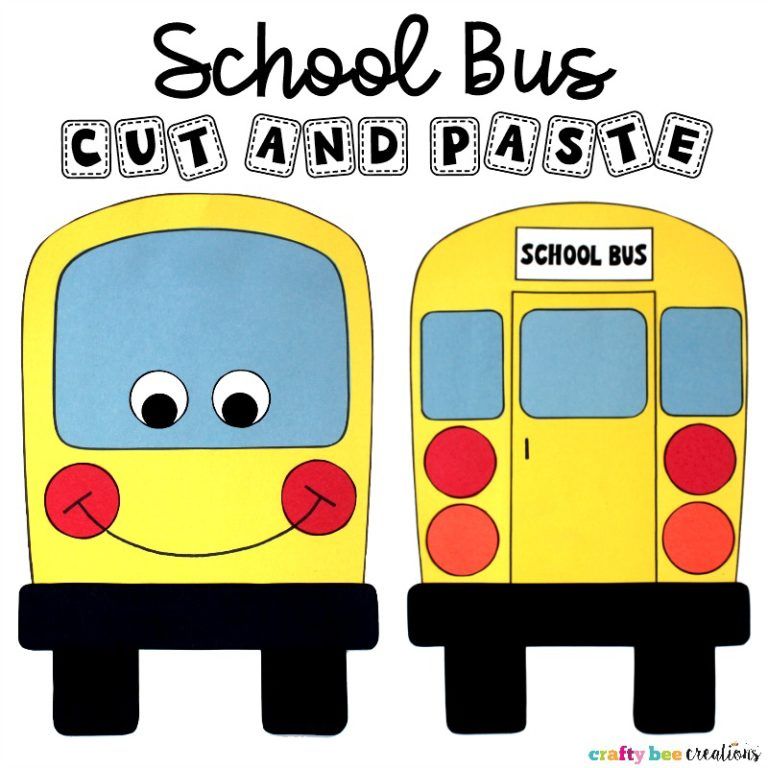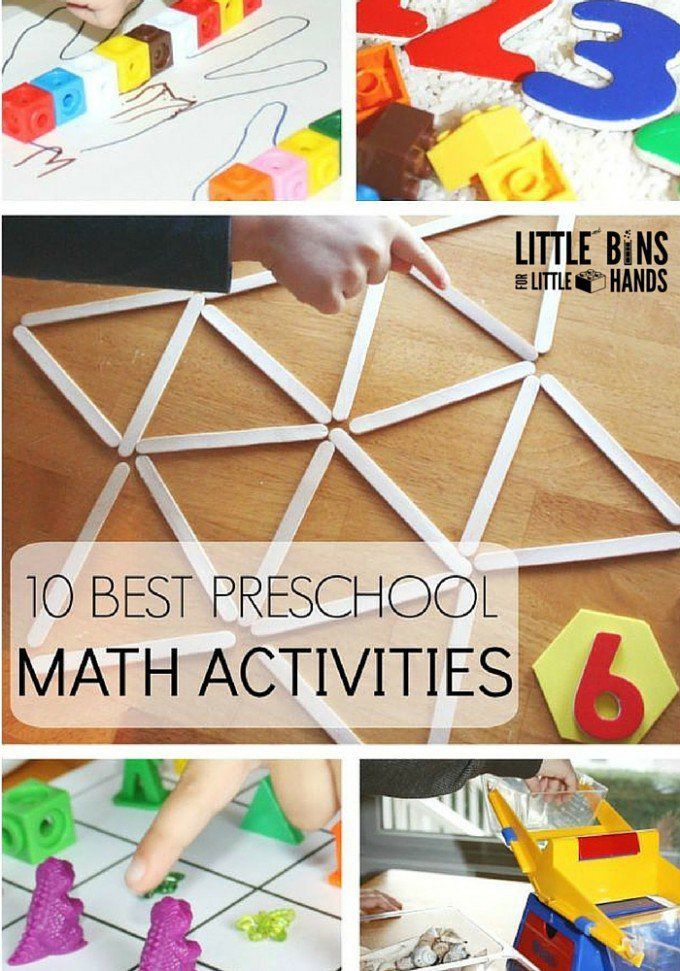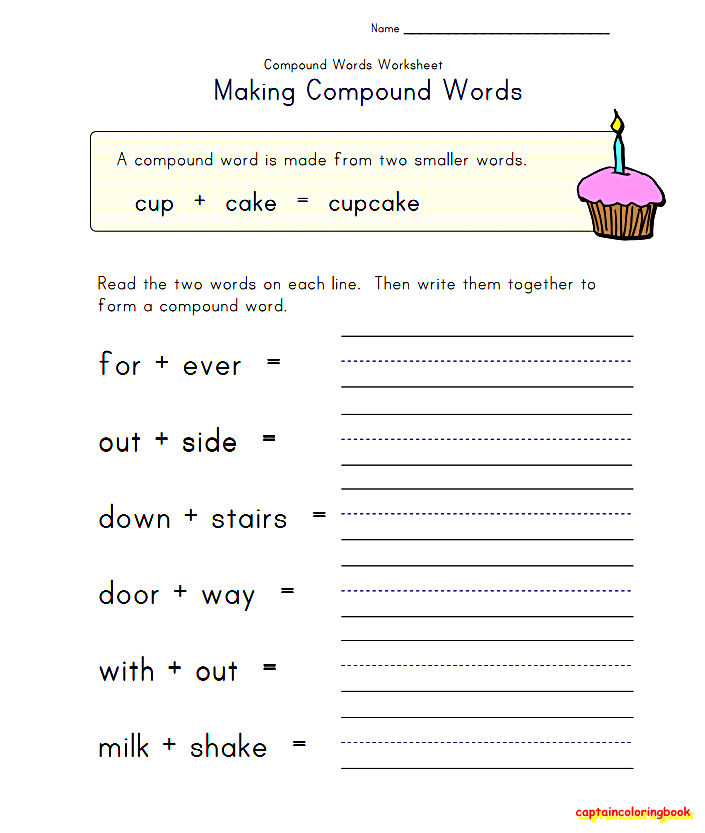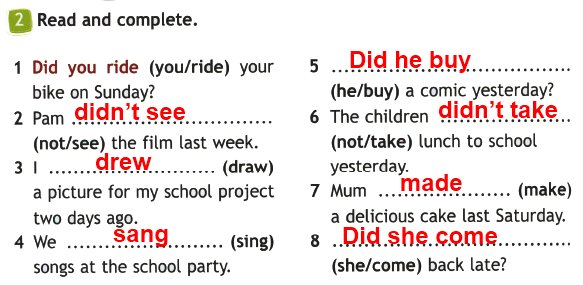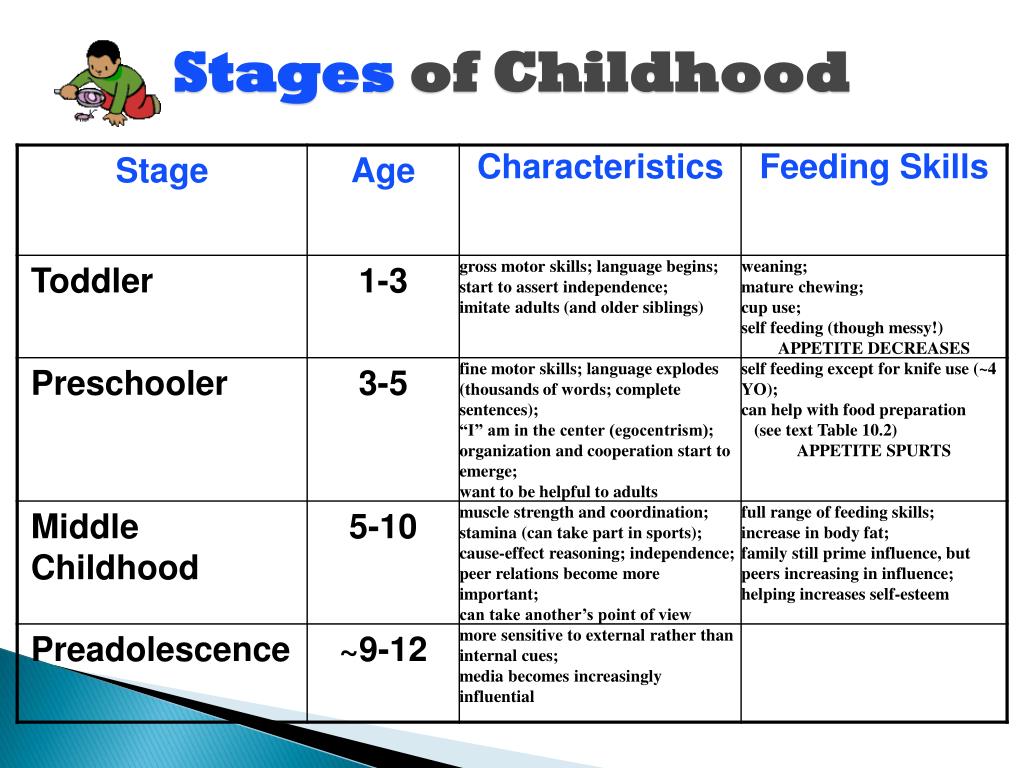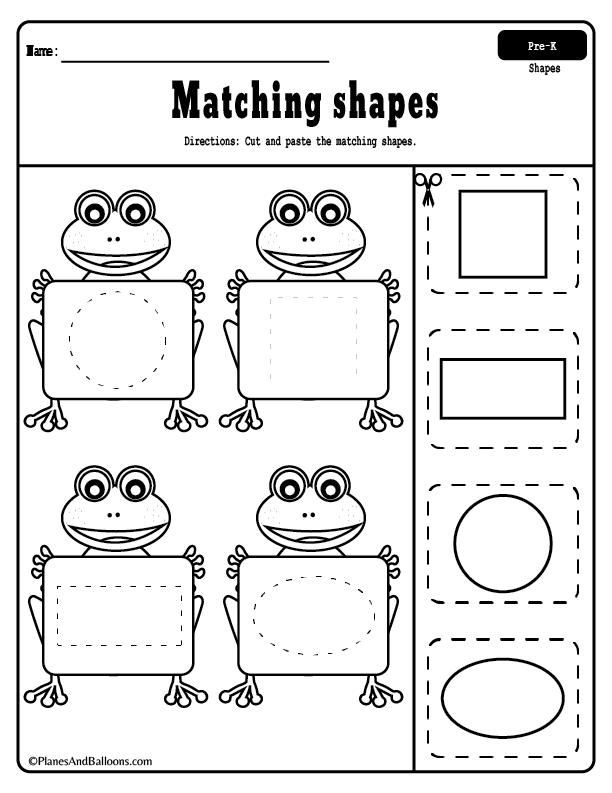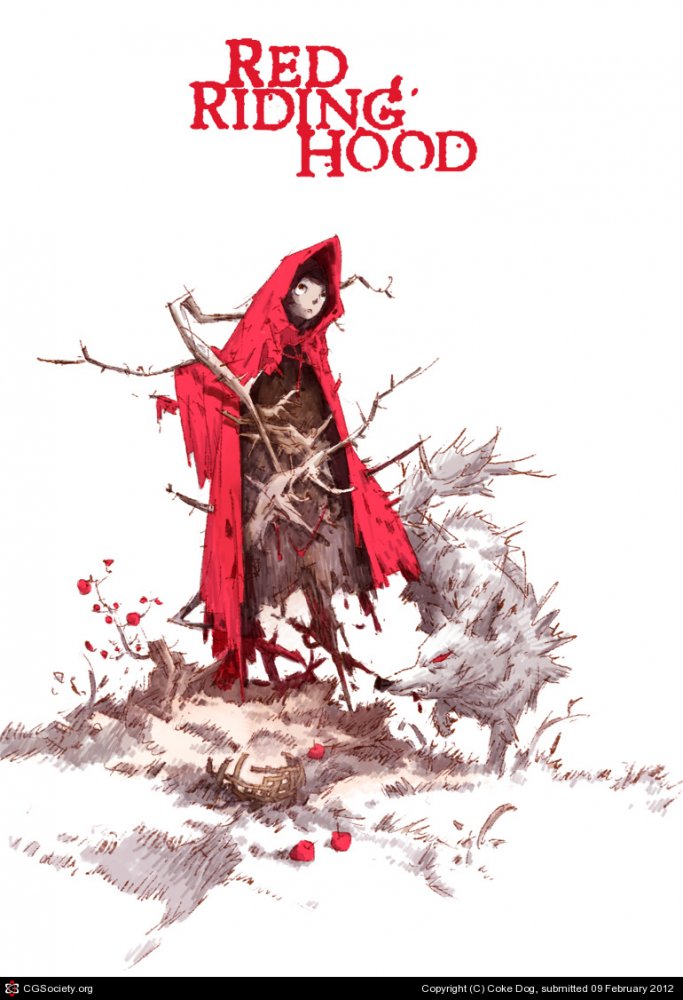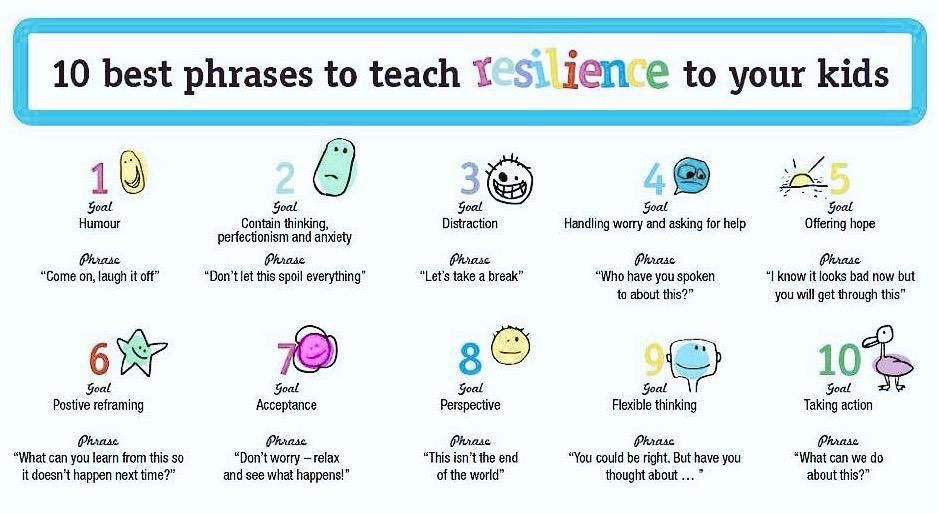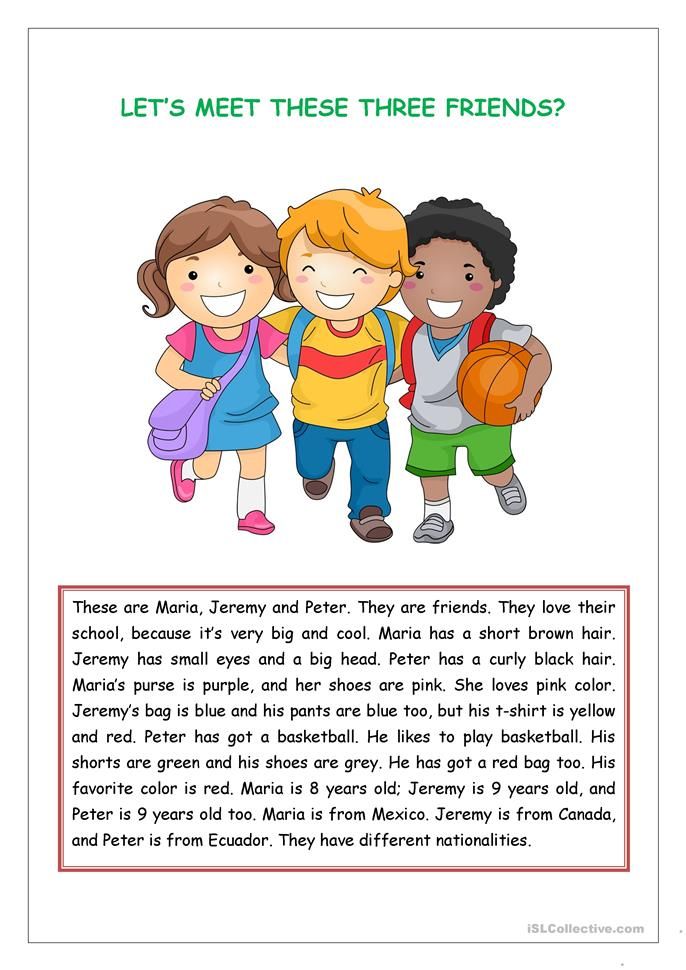Reading test kindergarten
Seven Kindergarten Informal Reading Assessments
Have you been wondering what kindergarten informal reading assessments you could use for your students? Although there are others, here is a list of seven essential kindergarten informal reading assessments. Included is an explanation of what each test measures as well as examples of assessment questions.
To begin with, it is best to give the assessments listed at least 3 to 4 times during the school year and if possible, one-on-one to a kindergarten student. This allows the teacher the most accurate data and the kindergartner a less distracting testing environment.
1. Letter & Sound Recognition
First, students must be familiar with the upper and lowercase letters of the alphabet. In fact, it is very important in the development of reading skills.
Example Assessment Questions:
Show student one letter at a time and ask:
- Can you tell me what letter this is?
- Can you tell me what sound it makes?
2.
Second, the concept of print usually is learned as children are shown books and are read to at home and at school. In general, the concept of print includes the understanding that print carries meaning and that books have letters, words, sentences and spaces. Moreover, books have certain parts and are read in a certain way.
Sample Assessment Questions:
Give the student a book and ask the following questions. “Can you show me”:
- a letter, a word, a sentence, a space
- the front or back of the book
- where should I start reading the story
- how should I hold the book
- title of the book
3. Phonological Awareness
Next, to demonstrate phonological awareness, a student must demonstrate the following:
- shows the ability to segment a sentence
- identify words that have the same ending sound
- separate or blend words the way they are pronounced
- blend the first sound in the word and the rest of the word
Example Assessment Questions:
- How many words are in this sentence? “I am happy?”
- Do these words rhyme? (cat, hat) (men, tan)
- Can you tell me the two parts of the word, upset?
- What word does these sounds make? /c/ /at/
4.
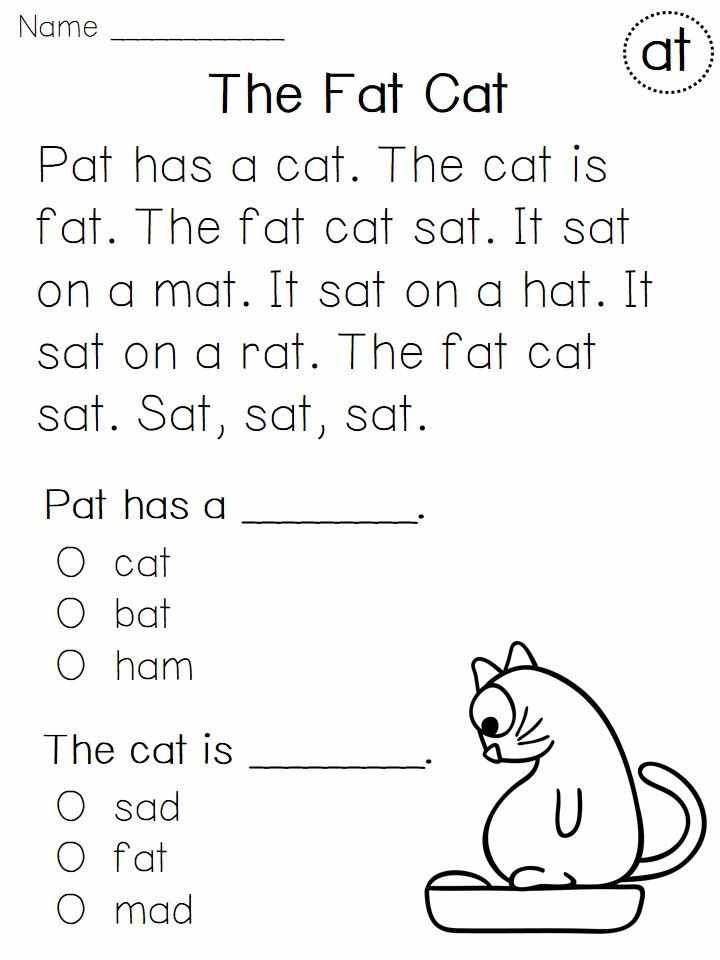 Phonemic Awareness
Phonemic Awareness Somewhat like phonological awareness, phonemic awareness examines a student’s knowledge of how individual sounds make a word. This includes the following skills:
- matching words that begin with the same sound
- isolating a single sound from a word
- blending individual sounds into a word
- segmenting a word into individual sounds
- manipulating sounds in a word
Sample Assessment Questions:
- Which words have the same beginning sounds? (cat, top, can)
- What is the first, last or medial sound in the word cat?
- What word do these sounds make? /t/ /o/ /p/
- What sounds do you hear in the word top?
- Say the word man without the /m/ sound.
- Say top, now change /t/ to a /m/ what word do you have?
Here is an example of a Kindergarten Reading Screening.
5.
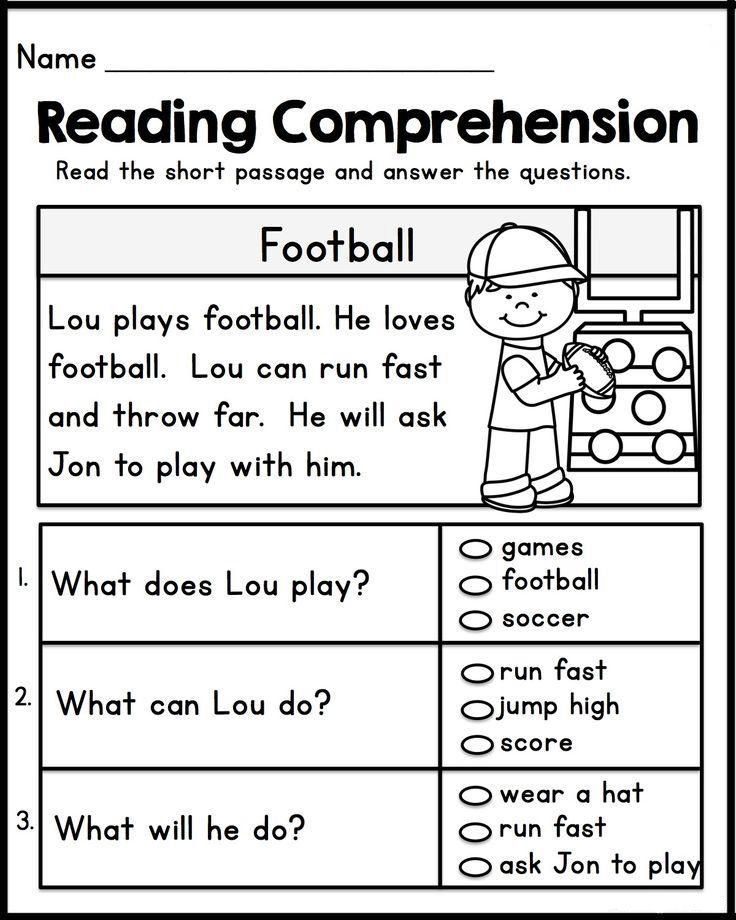 Reading Fluency
Reading Fluency Reading fluency relies on the kindergartener’s ability to read. Some students may be able to be tested at the beginning of the year, while others must have a stronger foundation on the above skills before being able to get a reading fluency score.
This informal assessment simply is how many words a child reads correctly in one minute. Words that are skipped or not pronounced correctly are not counted.
Administrating assessment:
- choose appropriate passage for student to read aloud
- have student read for one minute
- record words read correctly
- total equal student’s oral reading fluency
6. Oral Reading Accuracy
The next kindergarten informal reading assessment is oral reading accuracy. This test gives the teacher insight into a student’s reading level and how that student may use reding strategies to decode unfamiliar words.
Steps to administrating assessment:
- choose a book that is appropriate but unfamiliar to student
- ask student to read story aloud
- as student reads note what is read correctly or incorrectly
- pay attention to student’s behavior, is the student using context clues, structure and visual cues to read words or gather meaning
- intervene as little as possible when student is reading
- after reading as student to retell story, record student responses
Observation notes during an oral reading assessment:
- mastered directionality and letter/sound correspondence
- self-correct errors
- decode unknown words
- pace of reading
- expression when reading
- is retelling accurate
To calculate a student’s oral reding accuracy you simply divide total words read correctly by the total words read.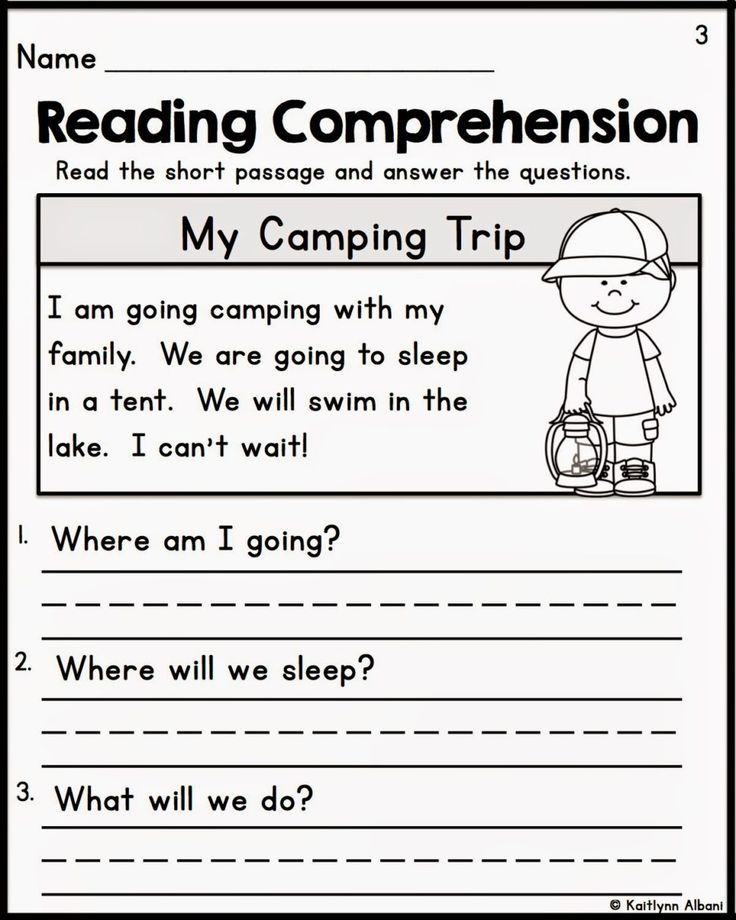 For example, if a student read a story that had 100 words and made 5 errors, they would have a 95% oral reading accuracy.
For example, if a student read a story that had 100 words and made 5 errors, they would have a 95% oral reading accuracy.
7. Reading Comprehension
Finally, reading comprehension assessments are the most common type of published reading test available. However, it is the most difficult test to give to younger age children who are just learning how to read.
A typical reading comprehension test would have students reading a passage that is appropriate for their age or grade level and then asking detailed questions about the context of the passage.
Just as the previous two assessments, this type of test may have to wait until the kindergarten students has a stronger foundation on the readiness skills of reading.
However, there are alternative ways to assess a student’s reading comprehension by using a text that is read to them or a retelling of a story they were able to read themselves.
Observations to note, can the student:
- tell what happened in story in their own words
- include story parts (characters, setting, events, problem, solution)
- identify main idea and supporting details
- use vocabulary found in the text
- retelling minimal, adequate or very complete
Here is an example of a Kindergarten comprehension page.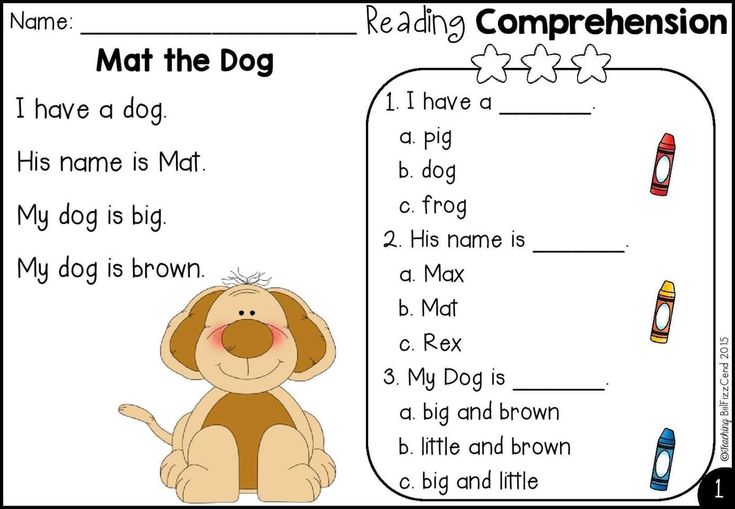
It is important to realize that Kindergarten informal reading assessments provide teachers with valuable information about each one of their students reading ability. It allows them to modify instruction to meet the needs of the students and provides a total picture of each student’s strengths and weaknesses as a reader.
Grab a free Kindergarten Quick Assessment Form Here!
Find some more Kindergarten assessment tools and ideas in my store, The Teaching Scene by Maureen.
4 Reading Assessments for Kindergarten and First Grade
As teachers, we all want to get to know our students at the beginning of the year. We want to know their likes and dislikes, what they love to do, and their strengths and weaknesses. One area we all need insight into is students’ reading abilities. When it comes to reading assessments for kindergarten and first grade students, we want to do more than just assess one area of reading.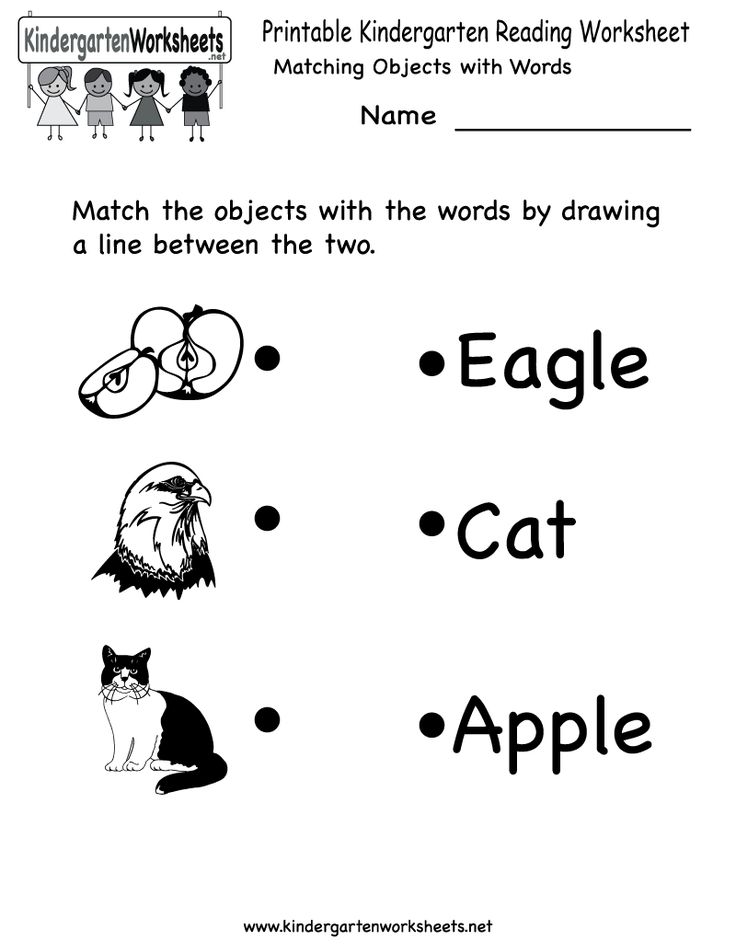
While assessments can sometimes be intimidating or overwhelming, we need them to help grow our readers’ accuracy, fluency, and comprehension skills. Let’s explore why we need them and several different reading assessments you can do to better understand where your students are.
Why Do We Need Different Reading Assessments for our Kindergarten and First Grade Readers?
Our young readers are so much more than just a reading level, although knowing that is important as well. Teachers are often familiar with how to complete reading level assessments, but we need more than that. With the latest research in the Science of Reading, we’re learning (or getting confirmation) that young readers need explicit phonics instruction in a systematic way. If students can learn letter sounds and how they work together to create words, they can move forward in reading.
By completing several different reading assessments for kindergarten and first grade readers, you’ll get a bigger picture of what each reader is capable of as a whole.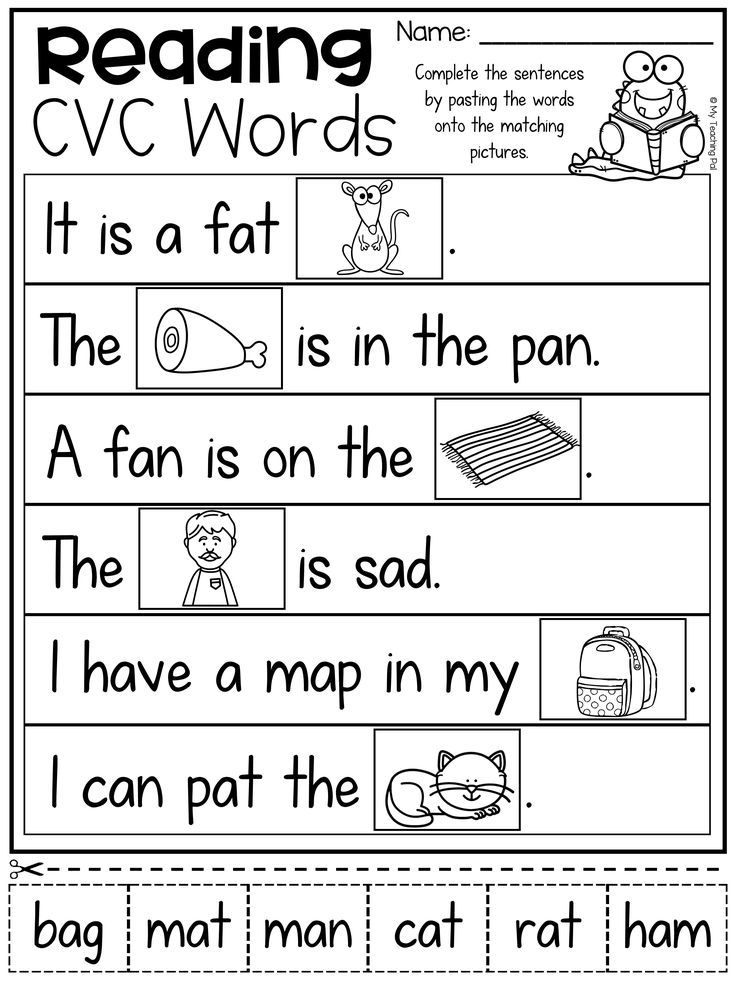 Then, results can guide your instruction to differentiate for the learners in your classroom. Additionally, you will have more opportunities to track progress in specific areas. You can see which areas students need more practice and review with.
Then, results can guide your instruction to differentiate for the learners in your classroom. Additionally, you will have more opportunities to track progress in specific areas. You can see which areas students need more practice and review with.
1. Phonics Skills Assessments
Assessing students’ phonemic awareness and phonics skills is a great place to start with reading assessments. Mastering phonemic awareness is a key factor in reading readiness for little learners. No matter what reading level a child is on – pre-readers to high readers, they ALL have or need a strong foundation of phonemic awareness.
You can see if students are competent in the nine areas of phonemic awareness:
- Rhyming
- Segmenting Syllables
- Beginning Sounds
- Ending Sounds
- Medial Sounds
- Blending Onsets and Rimes
- Blending Phonemes
- Deleting Phonemes
- Segmenting Phonemes
Then, you can have students do a phonics skill assessment to check students’ understanding between letters and sounds.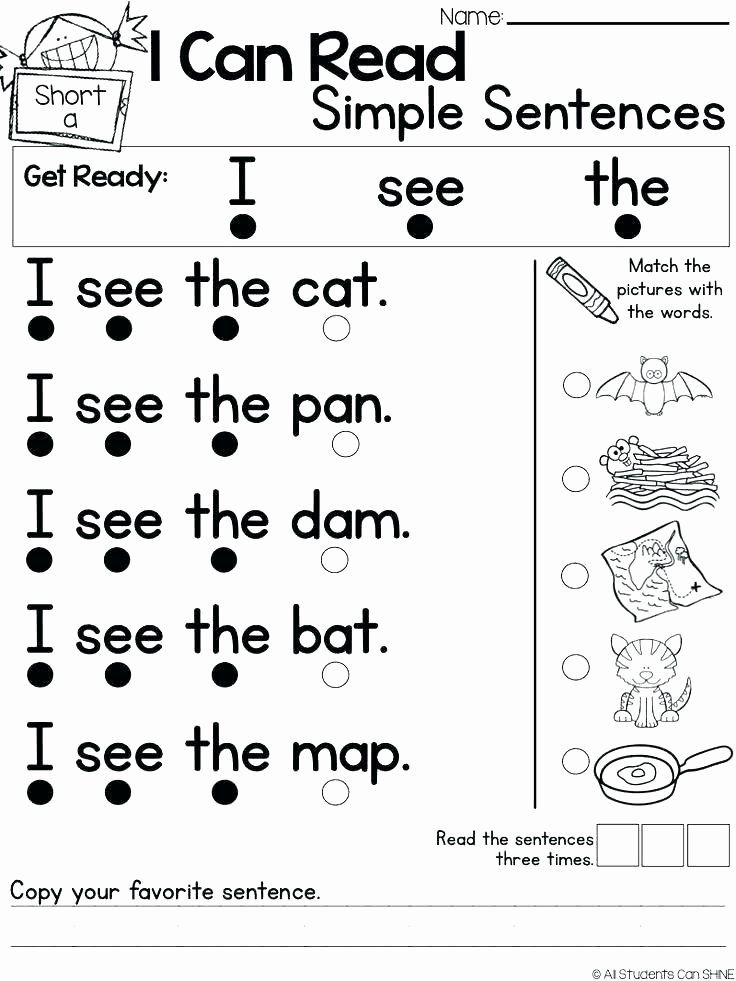 As students begin to match letters and letter combinations to the sounds they hear in words, they’ll use their phonemic awareness skills like segmenting and blending sounds to match the printed letter(s). So strong phonemic awareness skills can lead to strong phonics skills.
As students begin to match letters and letter combinations to the sounds they hear in words, they’ll use their phonemic awareness skills like segmenting and blending sounds to match the printed letter(s). So strong phonemic awareness skills can lead to strong phonics skills.
One simple phonics assessment is to have students read through a list of words that follow specific phonics patterns. For example, the list may have several cvc words, words with digraphs, words with blends, and words with long vowels.
You’ll easily be able to identify which areas of phonics your readers will need more support in.
2. Dictation Assessment
Dictation assessments are another type of reading assessment to complete for kindergarten and first grade. While dictation assessments technically involve writing, they’re a great way to see how students are processing what they have learned. Remember, reading is input and writing is output.
To complete a dictation assessment, ask students to write words or short sentences within certain phonics patterns to see if students understand how to do it.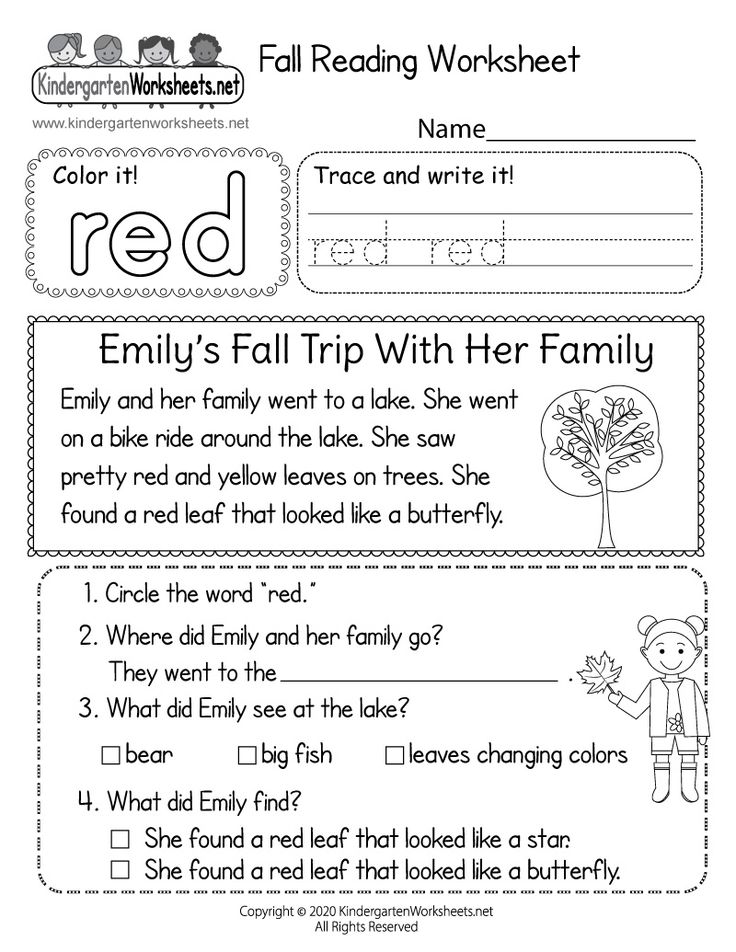 For example, to assess short /a/, ask students to write “A cat sat on a mat.” You’ll be able to see if students struggle with a specific skill.
For example, to assess short /a/, ask students to write “A cat sat on a mat.” You’ll be able to see if students struggle with a specific skill.
3. High-Frequency Word Assessment
Learning high-frequency words does have a place in the classroom. Even with the new science of reading research, high-frequency words matter. How we teach them may need to change, but students still need to learn them. Why? Because…
By assessing and tracking students’ progress in master high-frequency words, we’re giving our readers a bigger bank of sight words to have to make reading easier. I have two resources to help make this easier for you and your students to monitor: Kindergarten Sight Words and First Grade Sight Words
4. Guided Reading Level Assessment
Finally, knowing what guided reading level your students are on will help you know where to start in guided reading. Do guided reading levels have a place in the classroom? Yes! Guided reading levels are simply a system developed originally by Irene Fountas and Gay Su Pinnell to help organize reading skills and strategies so that readers are not overwhelmed.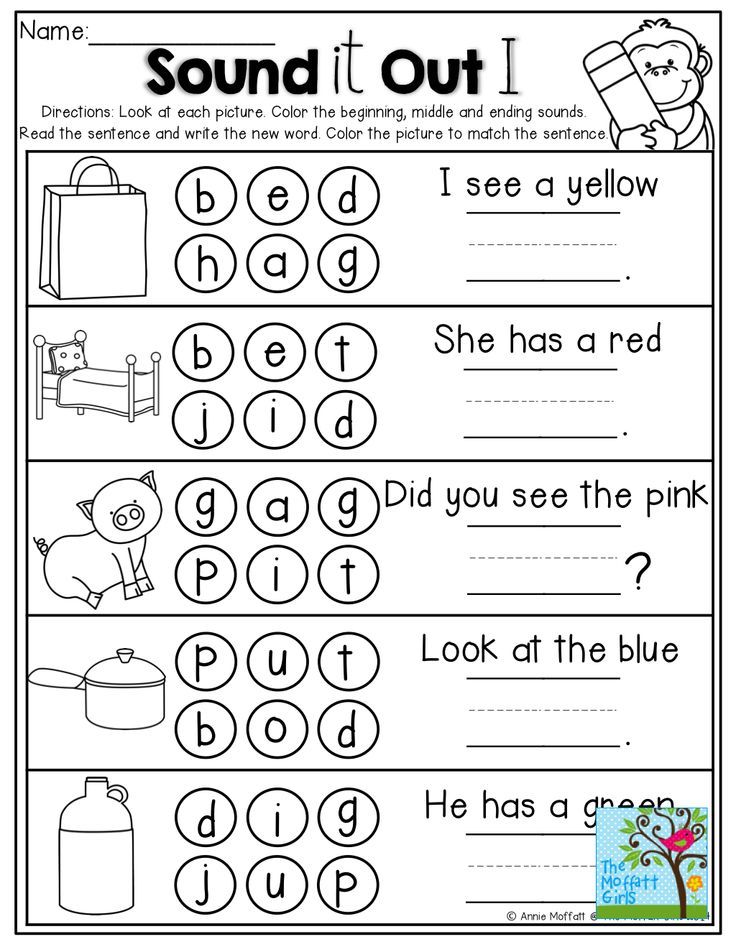 The goal of guided reading is to work within a child’s instructional level.
The goal of guided reading is to work within a child’s instructional level.
So, you’ll need to find each child’s guided reading instructional level. Your school may have an assessment kit that makes this is like a DRA Assessment Kit. If not, I have an assessment kit that’s super easy to use and makes assessing a breeze.
This all-inclusive assessment kit has:
- 26 books for Levels A-M
- 1 fiction and 1 nonfiction per level
- Books in printable and digital format to easily share on your learning platform
- Running records for each book
- Comprehension questions and a grading rubric
- Instructions for how to take and score the running record
- Teacher instructions for giving the assessment for both in-person and digital teaching
- Parent note/letter to send home or email for virtual assessing
- Datasheet to record data for the beginning, middle, and end of the year
FREE Reading Assessment Toolkit
By piecing all of these assessments together, you’ll have a solid, comprehensive picture of each student as a whole reader.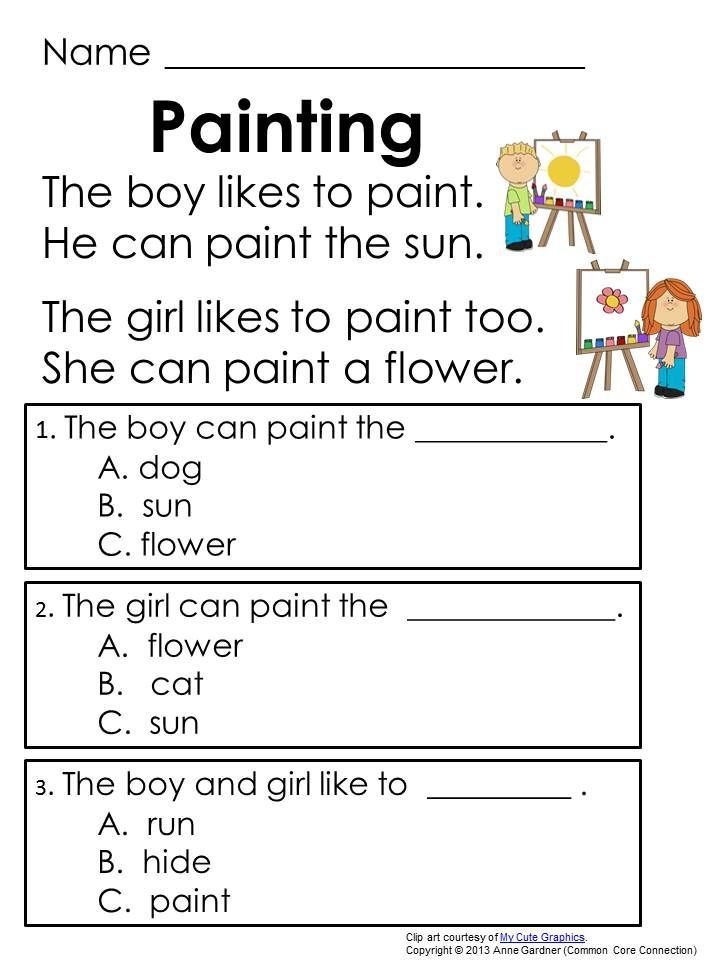 All of these components matter and can guide your lesson planning and instruction to meet the needs of each student.
All of these components matter and can guide your lesson planning and instruction to meet the needs of each student.
To help you get started, I created a FREE Reading Assessment Toolkit for teachers. It was carefully designed to help kindergarten, first, and second grade teachers navigate reading assessments to better help their students. It includes:
- Phonemic Awareness Skills Checklist
- Phonics Skill Assessment and Checklist
- Dictation Assessment
- Running Record Cheat Sheet
- Comprehension Questions for Fiction and Non-fiction
- Reading Strategies and Skills Checklist
- Dolch and Fry’s Sight Word Lists
- Parent Conference Forms for K-2
- Testing Table Signs and Door Signs
Grab this FREE download today and get started mastering your reading assessments for kindergarten and first grade!
Want to use the latest research to boost your readers during small groups? This FREE guide is packed with engaging ideas to help them grow!
Preschool Fiction Quiz | Test (preparatory group) on the topic:
Slide 1
Fiction test for preschool children Author: Gensler Natalya Vladimirovna Educator of the checkpoint of the Voskresenovskaya school of the Kostanay region
Slide 2
He treats mice and rats, Crocodiles, hares, foxes, bandages African monkey wounds.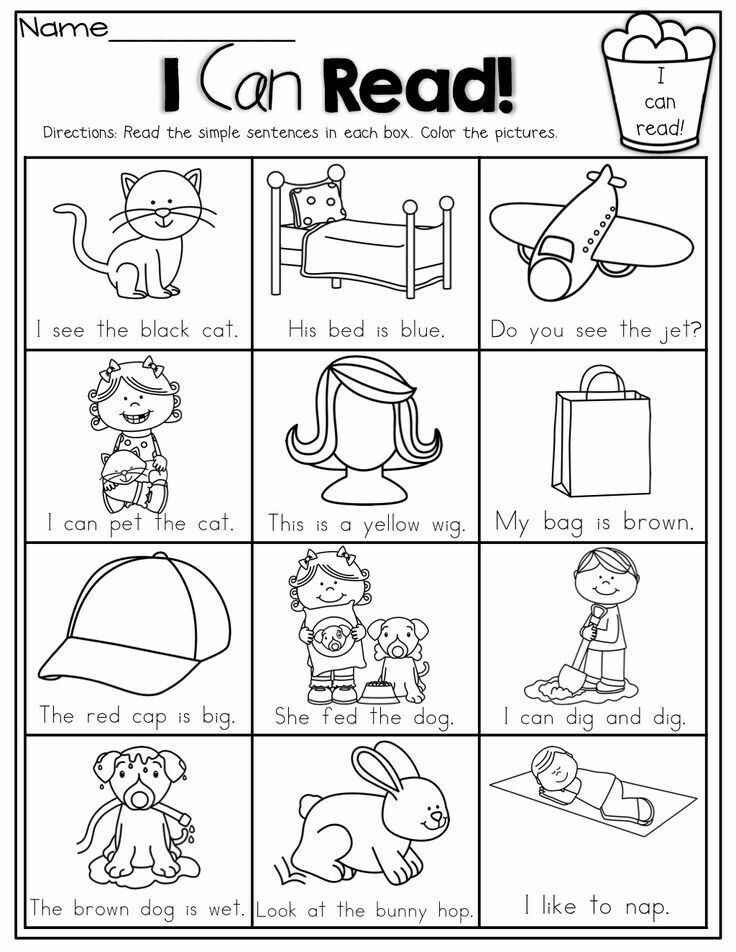 And anyone will confirm to us: Is this a doctor?
And anyone will confirm to us: Is this a doctor?
Slide 3
She is the most important of all in a riddle, Although she lived in the cellar: She helped Grandfather and Grandma to pull the turnip out of the garden. nine0003
Slide 4
They were waiting for their mother with milk, And they let the wolf into the house. Who were these little children?
Slide 5
Like Baba, Yaga does not have one leg at all, But there is a wonderful flying apparatus.
Slide 6
I went to visit my grandmother, I brought pies to her. Gray Wolf followed her, Deceived and swallowed.
Slide 7
Near the forest, on the edge, Three of them live in a hut. There are three chairs and three mugs, Three beds, three pillows. Guess without a clue Who are the heroes of this fairy tale? nine0003
Slide 8
“We are not afraid of the gray wolf, The gray wolf - clicks with its teeth” This song was sung loudly by Three cheerful ....
Slide 9
Thumbelina blind groom Lives all the time underground.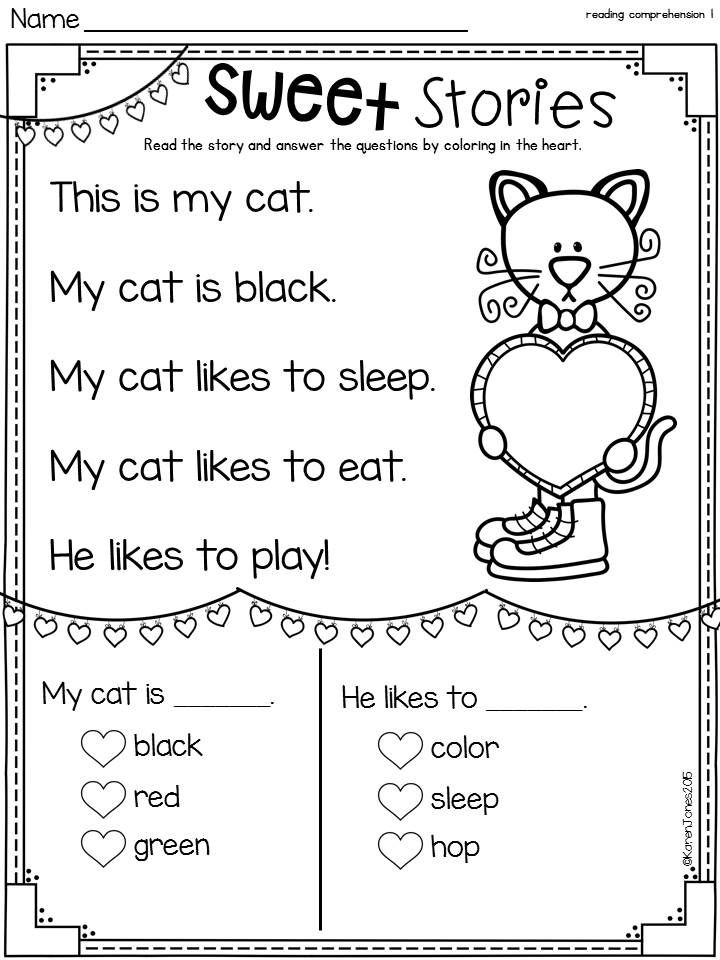
Slide 10
Mixed with sour cream, Chilled on the window, Round side, ruddy side. Rolled….
Slide 11
She was a friend of the gnomes And, of course, you know her.
Slide 12
And not exactly a girl, And not a fish either. As everyone was waiting for the earthly prince, To experience happiness with a sweet one. . nine0003
Slide 13
The fat man lives on the roof, He flies higher than everyone else.
Slide 14
She is beautiful and sweet, And her name comes from the word "ash".
Slide 15
With a primer, a little boy walks to school, Instead of School, he ends up in a farce.
Slide 16
The red girl is sad: She doesn't like spring, It's hard for her in the sun! The poor thing is shedding tears!..
Slide 17
Now let's talk about another book. Here is the blue sea, here is the seashore. The old man went to the sea, he will cast a net, He will catch someone and ask for something.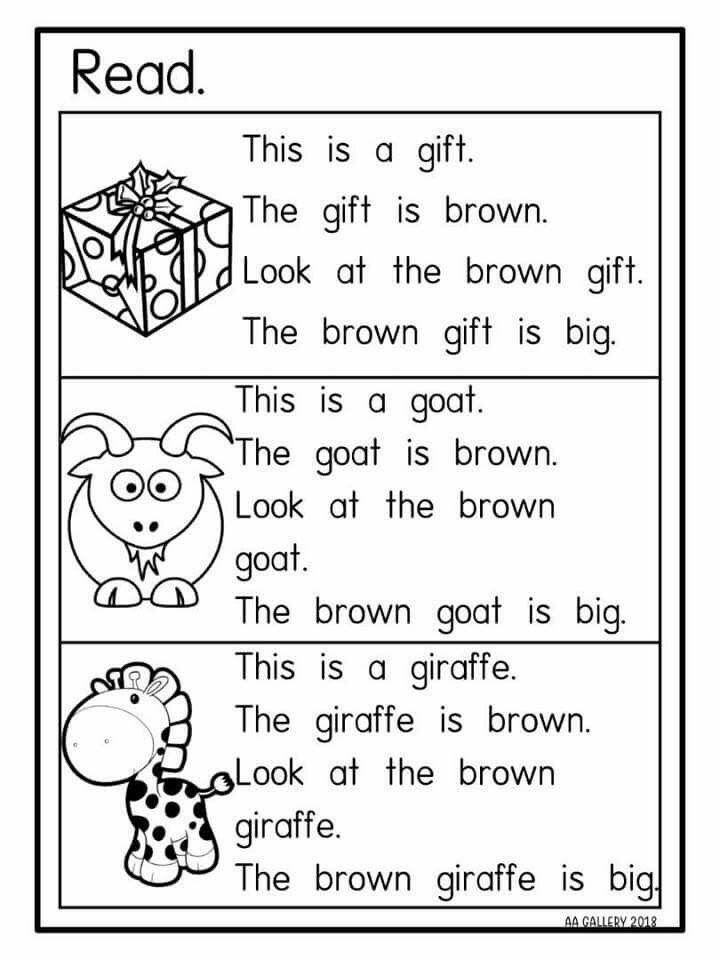 About the greedy old woman the story will go here, And greed, guys, does not lead to good. And the case will end with the same trough, But not new, but old, broken. nine0003
About the greedy old woman the story will go here, And greed, guys, does not lead to good. And the case will end with the same trough, But not new, but old, broken. nine0003
Slide 18
Someone grabbed hold of someone tightly, Oh, there's no way to pull it out, oh, I sat down tightly. But more assistants will soon come running, Amicable common work will win the stubbornness. Who sat down so tight? Who is this...
Slide 19
Here comes some grandfather, And in his hands a bouquet: Not from leaves and flowers - From icicles and snowballs.
Slide 20
Knocked at our door Unusual miracle beast - He is in a brown shirt, Saucer ears wide open.
Slide 21
I'm an onion boy! My life is interesting. I'll shoot arrows from a bow, I'll take them from my father's bow.
Slide 22
Cheerful little deer Playing in the field all day long. Has not yet grown branchy horns on his forehead.
Slide 23
Yesterday I flew on a broom, I fell from a great height.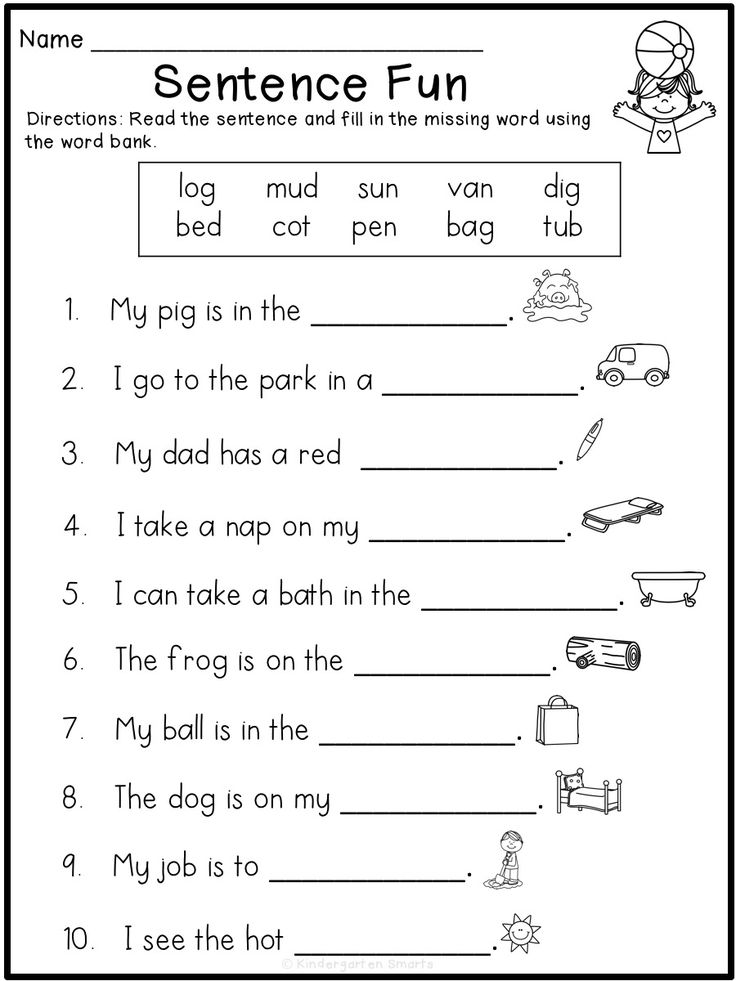 Hey, hut, chicken legs, Rush to the granny along the path.
Hey, hut, chicken legs, Rush to the granny along the path.
Slide 24
On flower petals I had fun all night long! I got a big samovar, I feasted with bumblebees.
Slide 25
Well done!!!
No need to rush: check if your child is ready to read
When should I teach my child to read? Someone shows cards with letters to babies who have not yet learned to walk, someone, on the contrary, believes that "they will teach you at school", and does not touch the alphabet until the age of 7. Our blogger, teacher and philologist Oksana Levchenko, made a small checklist that will help you understand whether it's time to start studying with your child or it's too early.
In Montessori pedagogy, children begin to write before they read. And they start reading spontaneously. Why? Because the process of writing is much easier than the process of reading. At about 3.5 years old, the child begins to be actively interested in writing - to draw scribbles, saying "I write", or ask what the letters are called.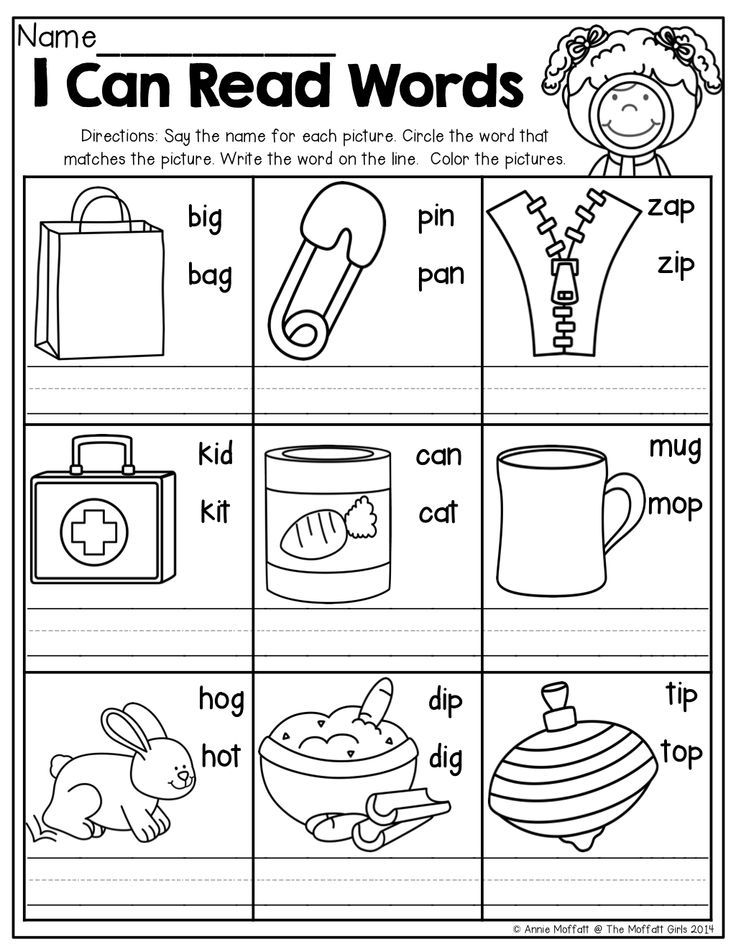 This is the time when he wants to share his thoughts. Children who start writing usually do not read what they have written. nine0003
This is the time when he wants to share his thoughts. Children who start writing usually do not read what they have written. nine0003
Reading is always the interpretation of other people's thoughts. It seems to us that this is easy and simple, because we have long mastered this wise science, and the whole process in our brain occurs automatically. Understanding how difficult it is comes when you start working with reading problems. Indeed, in order to master this skill, one must not only know the letters - one must be able to conduct a serious analysis of sounds, words, sentences, the text as a whole, synthesize the author’s thoughts, correlate what is read with one’s own experience. nine0003
When a child has mastered writing, reading will come to him by itself, without coaching. As a rule, this happens in the period of the "cipher" - from 4.5 to 5 years. But in order for the skill to be mastered, the child needs to prepare the brain and hand for this complex process.
In the Montessori environment, reading is a small tip of the iceberg of the work that the child did 1.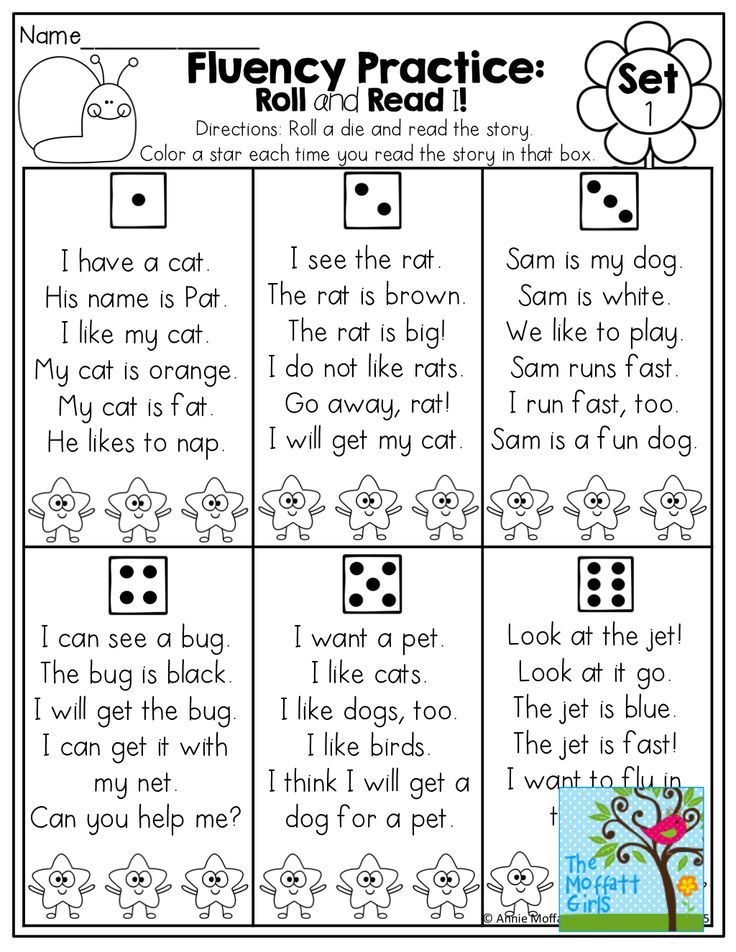 5–2 years before, starting with the simplest exercises. Every day he saw the guys who read, many times the children themselves read to him. Around him now are simple, interesting materials that you really want to pick up, and most importantly, there is no adult who would force him to read by hook or by crook. nine0003
5–2 years before, starting with the simplest exercises. Every day he saw the guys who read, many times the children themselves read to him. Around him now are simple, interesting materials that you really want to pick up, and most importantly, there is no adult who would force him to read by hook or by crook. nine0003
So, your child is ready to read if:
- he has developed speech and has no speech problems;
- he has a fairly rich vocabulary;
- is quite independent;
- he has developed spatial orientation - he does not confuse "right" and "left", "up" and "down";
- the ability to build certain sequences has been developed - what I put on first and what then; first breakfast - then lunch; nine0118
- can hear and recognize sound at the beginning, middle, end of a word.
- and the main criterion: the child shows interest in letters and reading.
If, nevertheless, you decide that the time has come to read, and the child already knows some letters, you can play a simple game with him: put on the table several simple objects whose names consist of three letters familiar to the child, but do not contain “iotized » vowels (i, e, u, e).